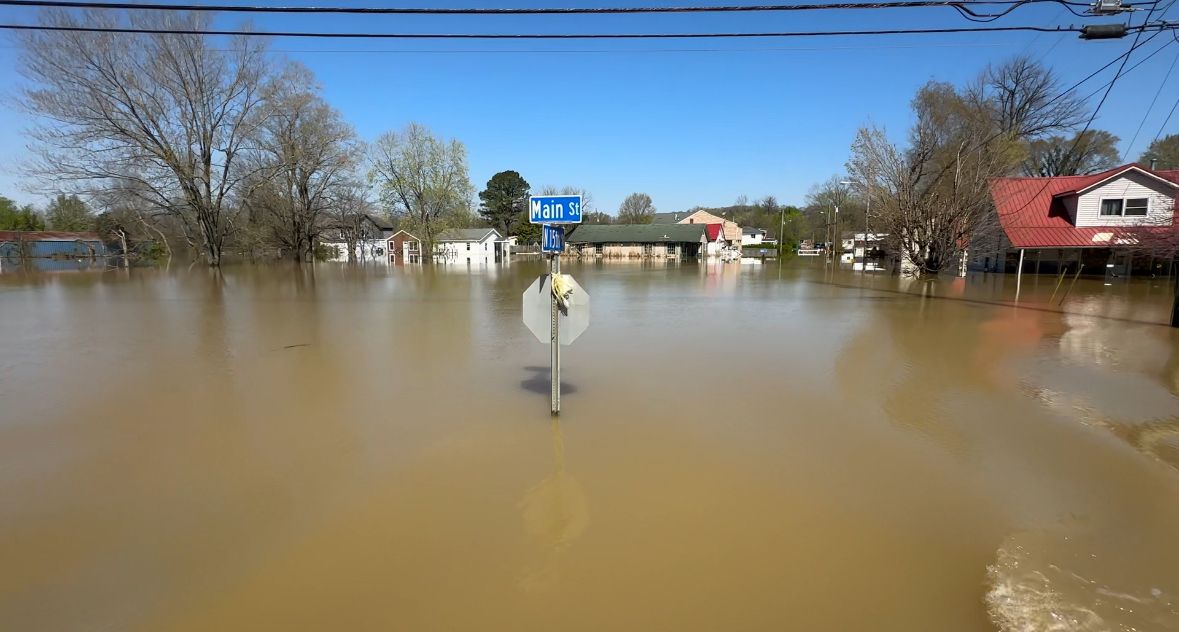LOUISVILLE, Ky. — The Louisville Audubon Society checked in on the Commonwealth's bird population this Sunday, Dec. 17, holding its 124th annual Christmas Bird Count at Cave Hill Cemetery.
When Lee Payne was 7, he would miss his bus to school because he was searching in the woods for owls. His childhood passion followed him into adulthood.
“The bird club really got me into the other birds," said Payne, president of the Louisville Audubon Society. "Everybody was like, 'Lee, don’t do the little birds; we don’t do the warblers,' which I never did, but it got fun. It got interesting learning all the different birds."
Every year, the group heads to Cave Hill Cemetery and Arboretum to count as many birds as it can find and their species.
According to the Audubon Society, there are 15 species listed as "highly vulnerable" for losing habitat in Kentucky. Tracking what species live where year after year helps allow the group to compare them and how they're doing.
Using tools such as bird calls and an app that can identify chirps and songs from nearby birds, the group was able to call out birds it was hoping to find.
“Every time a bird talks, it will light up on here which bird that it is," Payne said as he explained the app. "It helps you learn their song ... you can identify which bird is talking."
The society tracked 30 different species in a two-and-a-half-hour window.
“When you're out in nature and enjoying the wildlife and looking at birds, it is really soothing and relaxing to the mind, the body and the soul," Payne said.
According to the Audubon Society, during the 2022 Christmas Bird Count, there were 136 species counted in the Commonwealth. Ballard and Calloway Counties had the highest number of species.







